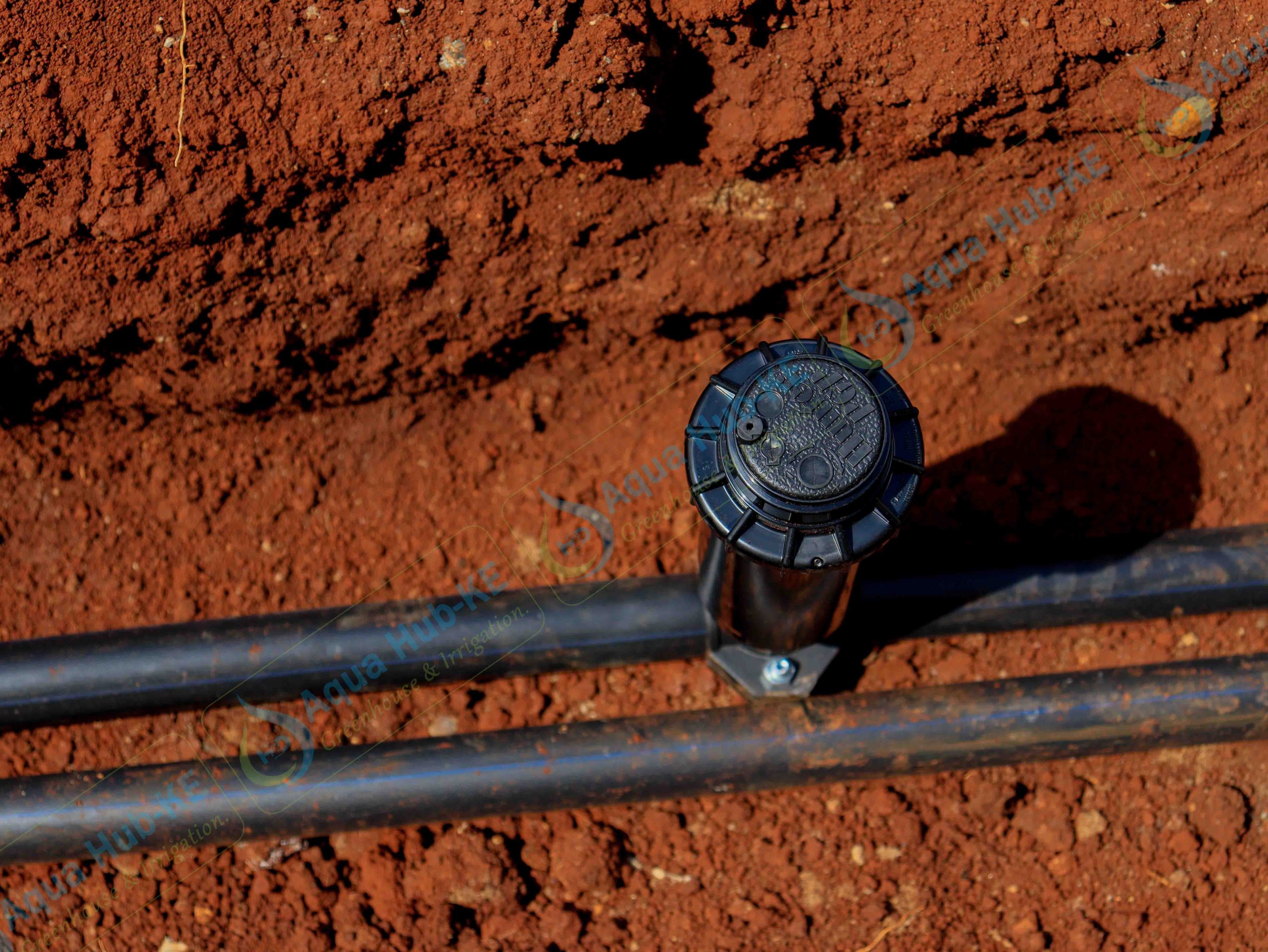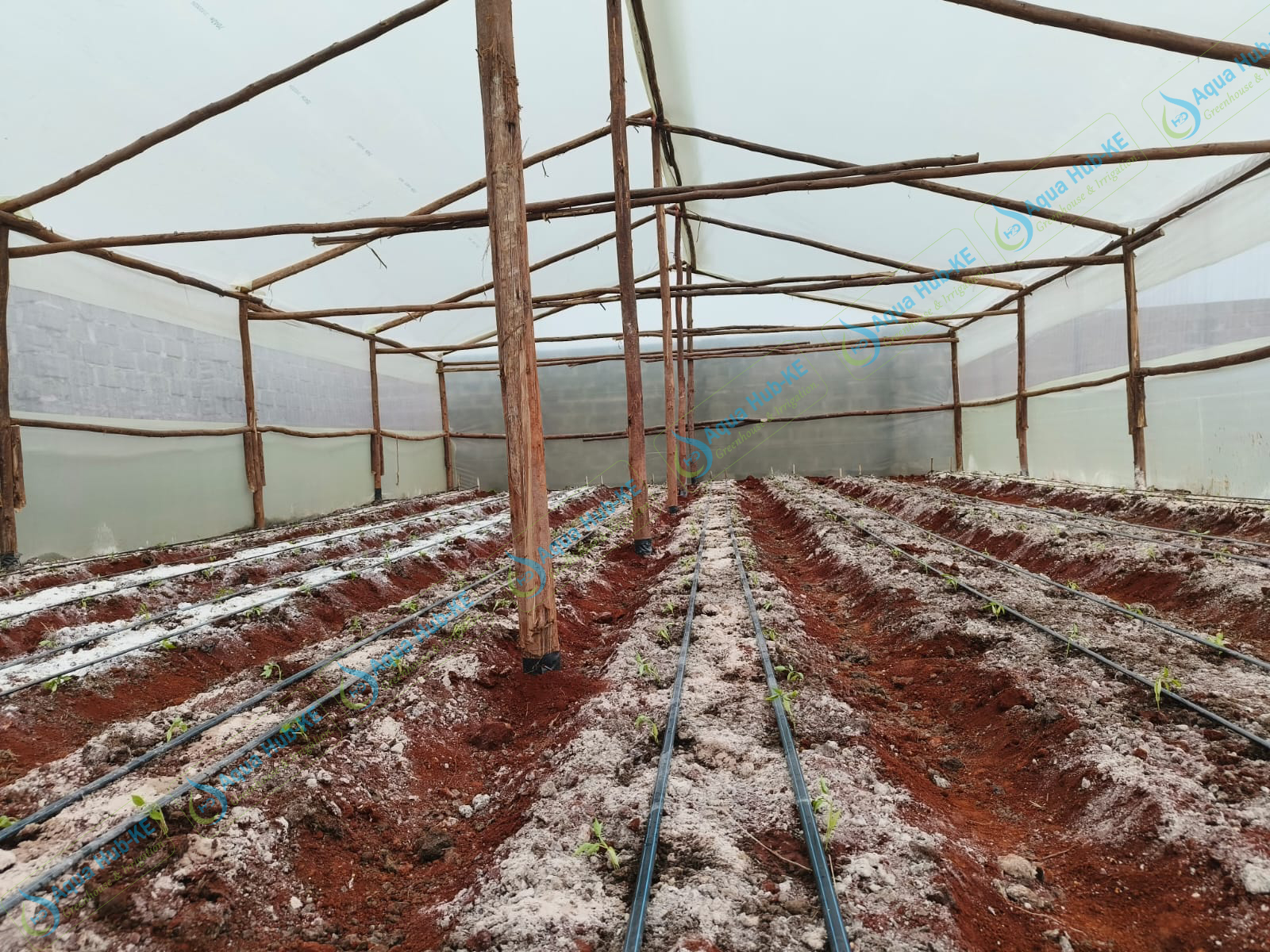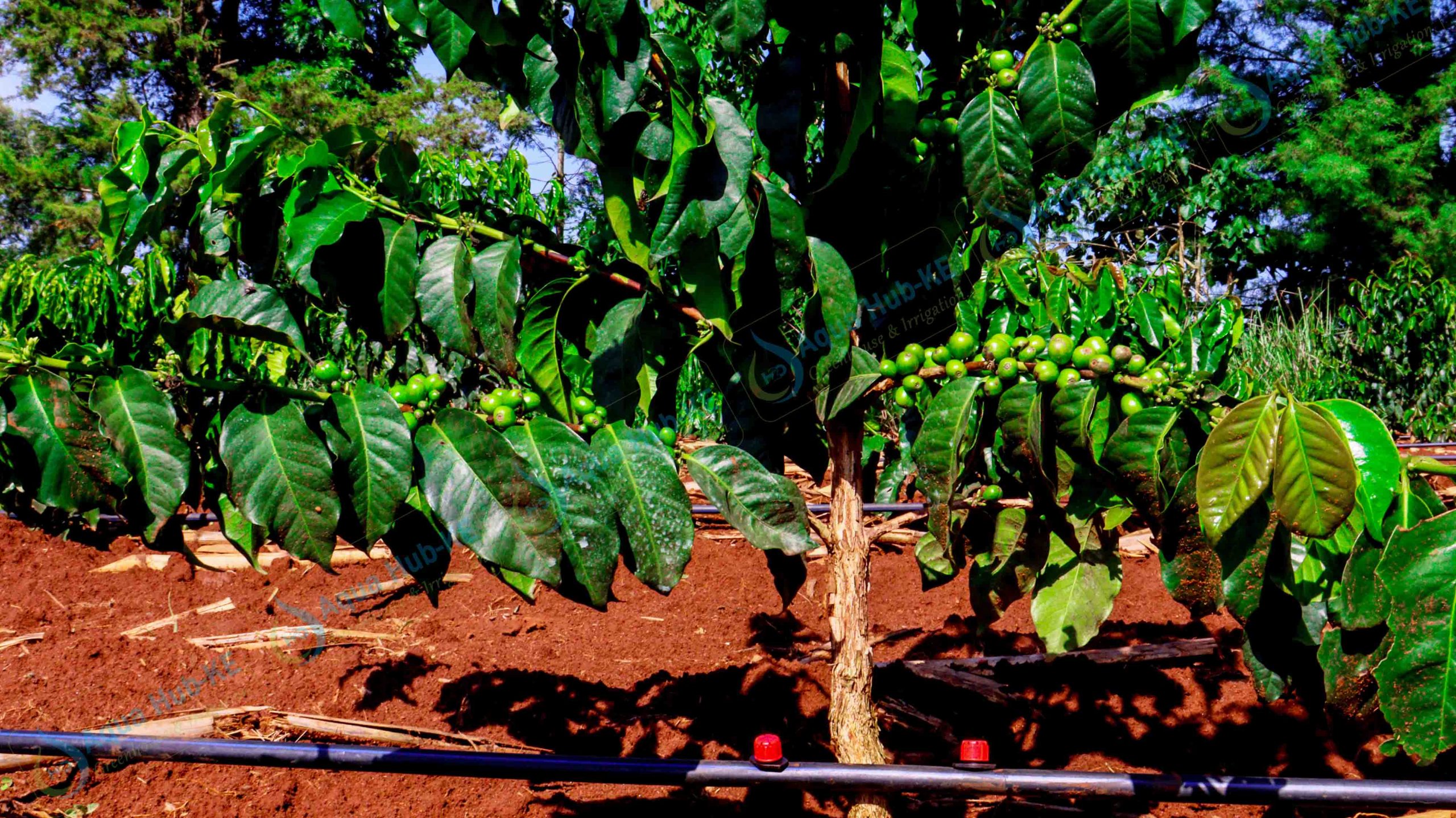Capsicum farming in Kenya is one of the beneficial ventures for farmers. Kenyan farmers that grow capsicum can make a lot of money. There are various ways to start in this highly successful sector. In Kenya, the production of capsicum is a significant industry that employs many people. Additionally, it is a large African export market. The most common spice in most Kenyan recipes is capsicum, commonly called as pilipili hoho in that country. Some people may refer to it as a bell pepper, a sweet pepper, or simply as pepper. Because it is a horticulture crop, it may be grown in a controlled environment. That is, a greenhouse for greater productivity and production during the off-season. Up to 8.4 tonnes of capsicum may be produced per season in an 8 m by 30 m greenhouse.
Capsicums are a popular crop for home gardens as well as commercial farming. The fruits are high in vitamins A and C and are used in many different culinary dishes. Cultivars of capsicum are developed to meet market needs, like sweetness, heat, size, shape and color.
Fertilization, irrigation, pest management and disease control are some of the important aspects in the farming of capsicums. They are sensitive to temperature and humidity, so adequate care has to be taken to provide ideal growth conditions.
What are the types of capsicum grown in Kenya?
All capsicums start out green by nature, but depending on the type, the color gradually changes as they mature. As the capsicums develop physiologically in the field, their sweetness increases. The capsicum varieties grown in Kenya can be distinguished by their ultimate color. Over time, capsicum fruits might become red, yellow, or stay green. Other capsicum colors seen across the world are black, cream, brown, orange, and lime. The most common color of capsicum grown in Kenya is green. Yellow, red, and orange are among the secondary colors that certain green capsicums can acquire. Admiral F1, Buffalo F1, Maxibel, California Wonder, Green Bell F1, Yolo Wonder, Pasarella F1, Ilanga Wonder, Golden Sun F1, Kori F1, and Minerva F1 are some of the varieties of capsicum grown in Kenya.
Some of the other most common types of capsicums grown in Kenya include:
- Green bell peppers: These are the most common type of capsicums grown in Kenya and are used both for local consumption and export.
- Yellow bell peppers: These are similar to green bell peppers but have a sweeter taste and are typically harvested when they are ripe and fully yellow.
- Red bell peppers: These are sweet and have a milder flavor than green bell peppers. They are typically harvested when they are fully ripe and red in color.
- Hot peppers: Kenya also produces a variety of hot peppers such as scotch bonnet, jalapeño, and bird’s eye. These are usually used in spicy dishes and food seasoning.
- Orange bell peppers: This variety is slightly sweeter and more flavorful than the green type and usually more expensive than green bell peppers.
How to grow Capsicum
Growing capsicums can be a rewarding experience for both home gardeners and commercial farmers. Here are some general guidelines for growing capsicums:
- Choose the right location: Capsicums prefers full sun and well-drained soil with a pH of 6.0-6.8. If your soil is heavy clay or sandy, amend it with organic matter before planting.
- Start seeds indoors: Start seeds indoors 6-8 weeks before the last frost. Keep the temperature around 75-80°F (24-27°C) and use grow lights if necessary. Transplant seedlings outside when all danger of frost has passed.
- Transplant seedlings: When transplanting seedlings, make sure to space them about 18-24 inches apart. Bell peppers can also be grown in pots, however, large varieties may not be suitable for pots and need a bigger space for the roots to grow.
- Watering: Water regularly and deeply, keeping the soil consistently moist but not waterlogged. Bell peppers require about 1 inch of water per week.
- Fertilization: Feed bell pepper seedlings with a balanced fertilizer when they are transplanted. After that, feed them once a month with a high-potassium fertilizer to promote fruit development.
- Support the plants: As the plants grow, they may need staking or caging to support the weight of the fruits.
- Pest and Disease control: Watch out for common pests like aphids, whiteflies, and spider mites. Keep an eye out for common fungal diseases like blights and mildew, which can be controlled with fungicides.
- Harvesting: Bell peppers are typically ready to harvest 60-90 days after transplanting, depending on the variety and weather. Pick peppers when they are fully mature and have reached their desired color.
Consideration:
Growing capsicums can be a bit tricky, so it is important to be patient and monitor the plants regularly to ensure optimal growth and productivity. It is worth noting that the specific information such as suggested temperature and ideal pH level for capsicums can vary depending on the cultivar, the weather conditions and the location. Consult with local experts and resources for more detailed information and adjustments.
Capsicum Greenhouse Construction
Constructing a greenhouse for growing capsicums (bell peppers) can be a great way to extend the growing season and protect the plants from extreme weather conditions. Here are some key considerations for building a greenhouse for capsicum cultivation:
- Location: Choose a location for your greenhouse that receives full sun and has well-drained soil. It should be close to a water source and have easy access to equipment and supplies.
- Size: The size of the greenhouse will depend on the scale of your operation. A small greenhouse can be constructed with a length of 20 feet, a width of 12 feet and a height of 8 feet, which is sufficient for small-scale farmers.
- Framing: The most common framing materials for the greenhouse are aluminium, wood and PVC piping. PVC pipes are cheaper than wood and aluminium but less durable, aluminium is durable but expensive and wood is cheaper than aluminium but less durable.
- Covering material: The most common covering materials for the greenhouse are glass, polycarbonate and polyethylene. Glass is fragile and expensive, polycarbonate is durable and expensive and polyethylene is the cheapest and less durable of the three.
- Ventilation and cooling systems: Greenhouses can get very hot, especially during summer months, so proper ventilation and cooling systems are essential. It is important to install automatic ventilation systems and fans, to keep the temperature and humidity in check.
-
Irrigation system: Install an irrigation system to ensure that the plants are getting enough water. Drip irrigation is the most efficient method of watering, as it allows for water to be delivered directly to the root zone.
- Lighting: Capsicums need plenty of light to produce fruits, so make sure to install adequate lighting. High-pressure sodium (HPS) lamps or LED lights are the most suitable types of lights for greenhouse use.
- Pest and disease control: Greenhouses can be more susceptible to pests and diseases than outdoor gardens, so it is important to monitor for common problems and take appropriate action to prevent them.
Building a greenhouse for capsicum cultivation can be an investment but can also provide an opportunity to grow these plants year-round, and have control over the growing conditions. It is important to consult with local experts, who can help advise on construction and maintenance, as well as on the specific conditions in your area.




